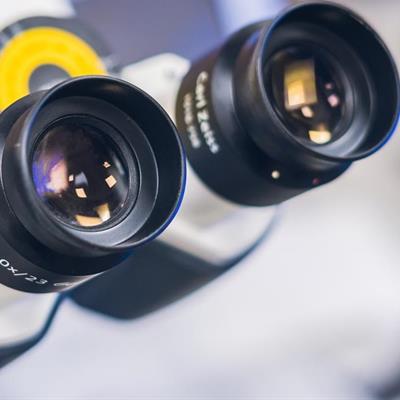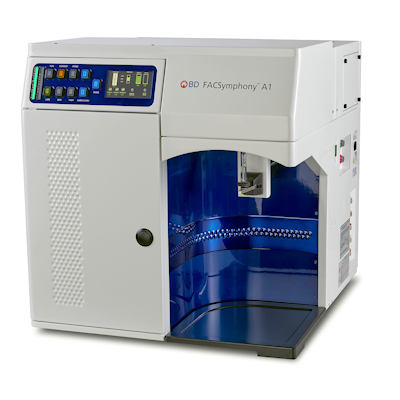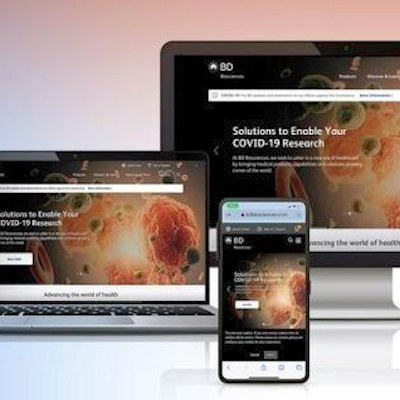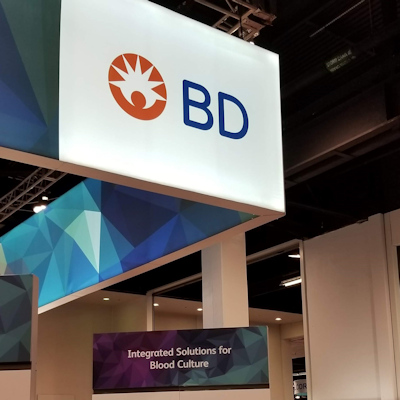January 24, 2022 -- A new study conducted by Becton Dickinson (BD) in collaboration with the European Molecular Biology Laboratory (EMBL), which was published as the cover story of Science on January 20, profiles a BD innovation in flow cytometry that adds fluorescence imaging and image-based decisioning to sort individual cells at an exceptionally high speed.
The technology is based on the visual details of each cell and not solely on the type or quantity of biomarkers that are present and has the potential to transform immunology, cell biology, and genomics research to enable new cell-based therapeutic discovery.
The new innovation from BD, known as BD CellView Image Technology, can capture multiple images of individual cells flowing through the system at a speed of 15,000 cells per second. It adds a previously impossible capability of sorting cells based on detailed microscopic image analysis of individual cells at this speed.
By imaging the distribution of biomarkers with this technology, researchers can obtain detailed information about cells that was previously invisible in traditional flow cytometry experiments. This enables scientists to answer complex biological questions, such as how cells grow, function, and interact. It also allows researchers to study exact locations of viruses or proteins within a cell -- all at a highly accelerated pace.

In the study, researchers used BD CellView Image Technology to study regulators of the nuclear factor kappa light chain enhancer of activated B cells (NF-κB) pathway. NF-κB is a protein complex that plays an important role in cellular immunity and stress response. The EMBL team measured the activity in this pathway by tracking the location of RelA, an REL-associated protein involved in NF-κB heterodimer formation, nuclear translocation, and activation that moves from the cytoplasm into the nucleus of the cell upon activation.
Using BD CellView Image Technology, the screen allowed the scientists to identify several novel regulators of this important cellular pathway in a matter of hours, instead of days, as would be required using conventional approaches. These results have broad implications for accelerating the pace of genomic research and therapeutic discovery, according to the team.
Copyright © 2022 scienceboard.net










